Life As A Surfer
Surfers & Sunscreen vs. UV Rays & Skin Cancer
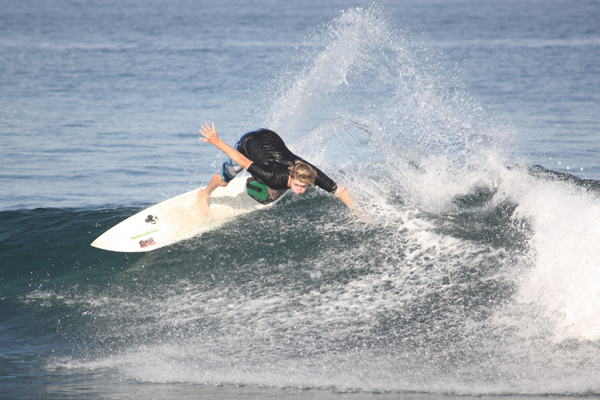 Surfers have a love hate relationship with the sun. There are warm rays and sunburns, golden tans and skin cancer. So to learn a little more about the sunscreen, UV rays and why how they affect surfers, I met with Pete Stirling of Watermans: Applied Science. They make a sunscreen designed to work for surfers, where most sunscreen’s would fail and they understand that when its overhead, you can’t be reapplying every 30 minutes.
Surfers have a love hate relationship with the sun. There are warm rays and sunburns, golden tans and skin cancer. So to learn a little more about the sunscreen, UV rays and why how they affect surfers, I met with Pete Stirling of Watermans: Applied Science. They make a sunscreen designed to work for surfers, where most sunscreen’s would fail and they understand that when its overhead, you can’t be reapplying every 30 minutes.
UV Rays
Pete told me that when we think of UV rays there are two that we are most concerned about UVA & UVB. UVB is the gnarly stuff that is worst during the summer. It affects the outer layer of the skin and causes sunburns. UVA on the other hand do damage all year long and are present no matter if its 100* in Fiji or -10* and snowing in Western Pennsylvania. UVA affects the lower layers of skin and it can contribute to wrinkles, aging and skin cancer. The obvious solution is to wear sunscreen, but Pete let me know that it wasn’t as simple as I thought.
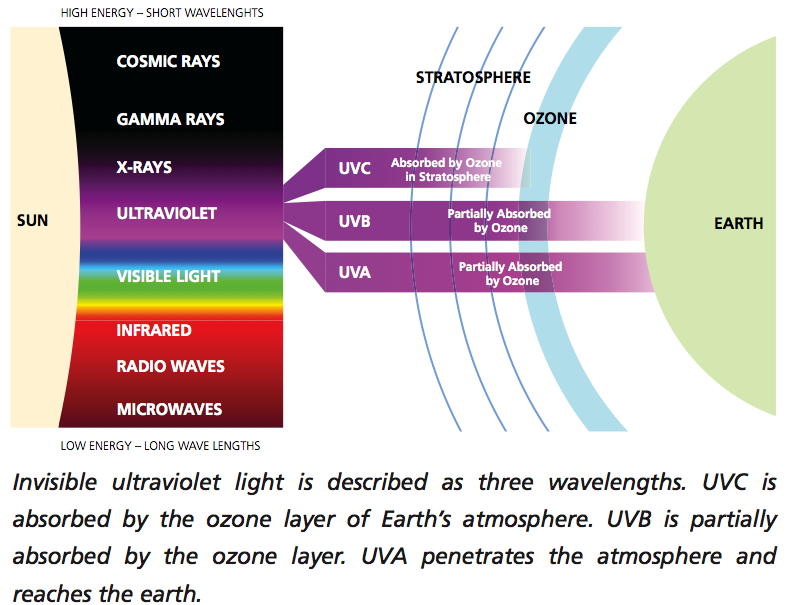
Here is the science part, ready… There are two types of sunscreen: Physical/Mineral and Chemical/Organic, each with their own strengths and weaknesses. The physical sunscreens, zinc and titanium dioxide, are made of minerals and literally sit on the outside of your skin reflecting the UV rays. Physical, also known as mineral, sunscreens will keep working forever, but they can be wiped off easily and do not work unless they are present. The second type, chemical, are made of organic substances that sink into the outer layer ofyour skin and absorb the UV rays. (That is why you’re supposed to wait a bit before going into the water, so it can soak in.) However, eventually your body will break down these organic compounds, meaning their time of effectiveness is limited, which can be a problem when you’re a surfer and your session is approaching the two-hour mark.
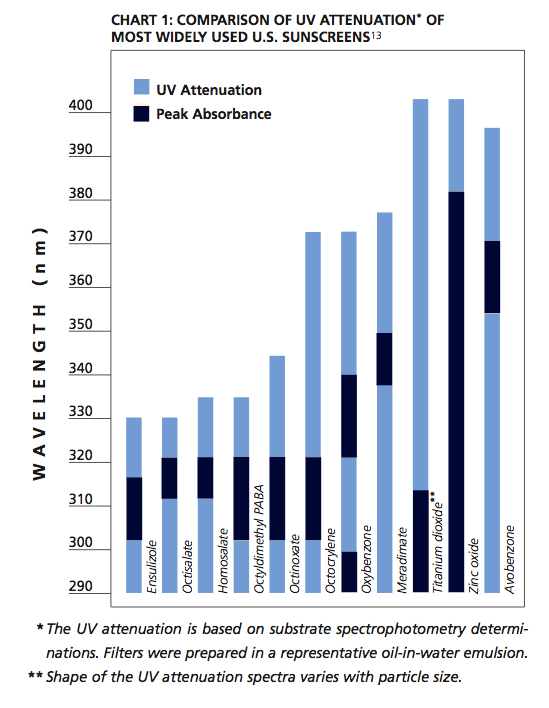
What Is In Sunscreen?
Pete explained to me that Watermans, like most quality sunscreens, combines both types into their product so that we surfers get the best of both worlds. Good looking out. Although, no matter how good the sunscreen the protection it provides won’t last forever, and that is where the whole SPF rating thing comes in. As we talked I learned that SPF is a multiplier that indicates how long the sunscreen will increase your bodies natural defenses against UVB radiation, the UV radiation most commonly associated with sunburn. Essentially, if your skin could naturally handle 10 minutes in the sun, then putting SPF 30 on would mean you could handle 300 minutes. Not bad. But of course there was a catch. Those organic chemicals are being broken down from the second you put the sunscreen on, and so the effectiveness of a sunscreen is constantly decreasing. And the kicker, your body doesn’t build back up its natural protection after a few minutes in the shade, it can take days or even weeks depending on your level of exposure. So if you plan on surfing a few days in a row, you’ve got to start protecting yourself from day one.
Water Resistance
As a surfer I want to know how well sunscreens hold up in the water. It turns out there is a nice rating system set up for that purpose. Sunscreens marked "Water-Resistant" are rated after 40 minutes of submersion. So an SPF 30 that boasts “Water Resistance,” might have started off much stronger, but is still rated 30 at the end of the test. The best rating for surfers is “Very Water-Resistant,” in which a sunscreen is rated after 80-minutes of submersion. Pete made note that there is no such thing as truly waterproof sunscreen, as all sunscreen will eventually degrade in water. Currently, “Very Water-Resistant” is the highest rating approved by the FDA.
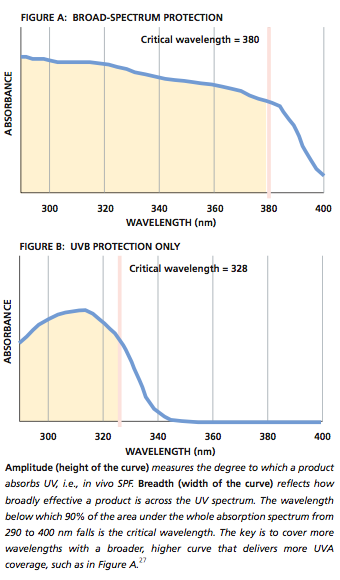
One final thing to note is that sunscreen labels aren’t regulated much. The Ausies are few steps ahead of the rest of the USA here in that they have a UVA rating as well as SPF. The Boots Stars system ranges from 1-5, so a good sunscreen bottle might say SPF 30+ with 4 Stars. This is an important improvement, because it tells the user how well the sunscreen will protect them from Cancer, not just sunburn. The FDA is stepping in Stateside, but it will still be a few years before it is implemented. In the mean time the best a user can do is to pay close attention to what is in their sunscreen and make sure it has one or more good UVA protectants.
1 in 5 people will get skin cancer, 1 in 3 Caucasians. So the choice should be simple, but just in case you need more. Sunscreen helps you surf better. By protecting your skin, you body doesn’t have to work overtime fighting off the UV rays and that means it can focus on maximizing the potential of your muscles and brain. Even small levels of exposure will affect the way your body uses key stress hormones, like Adrenal Cortizol, and negatively affect your overall performance. If you’re getting sunburned, you’re probably also surfing sluggish and not as sharp as you could be. I bet you know what I’m talking about. We’ve all had those days. So go get some good sunscreen, whether it’s from Watermans or another company that makes high quality sunscreen, and keep on surfing.
What To Know
If you’re buying sunscreen, look for the following on the label:
- Zinc oxide or Titanium dioxide, those are the physical sunscreens key to a long lasting protectant.
- two or more UVA blocker
- two or more UVB blockers.
- Very Water-Resistant
- SPF of around 30 or higher


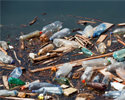



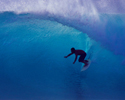




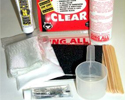



0 Comments